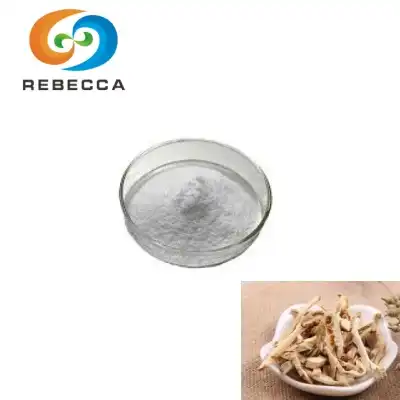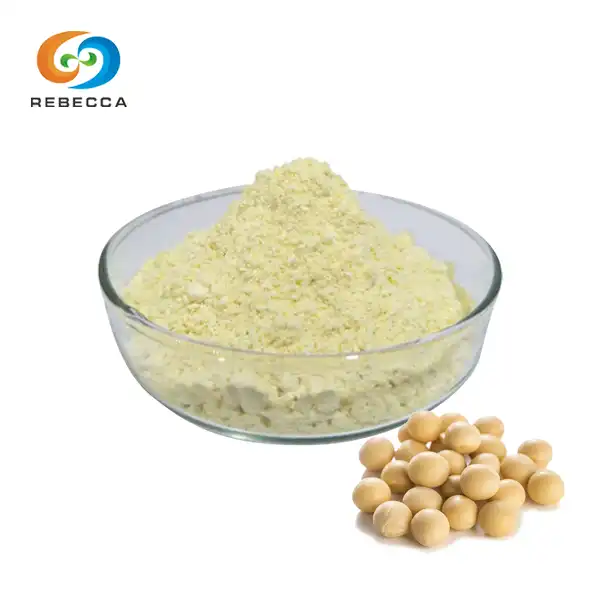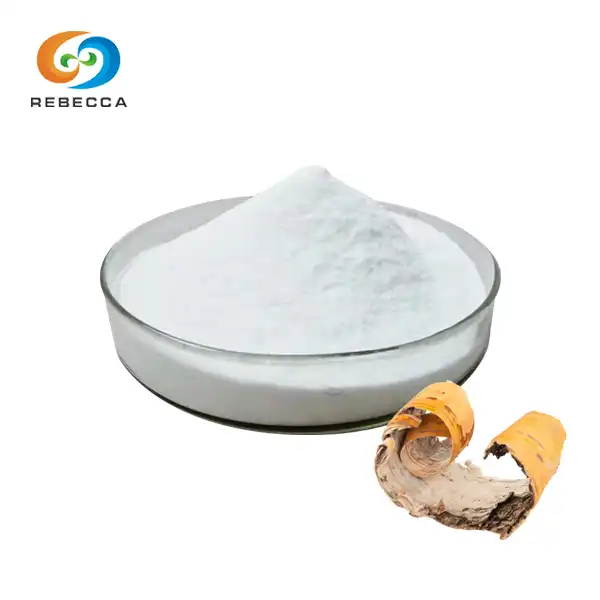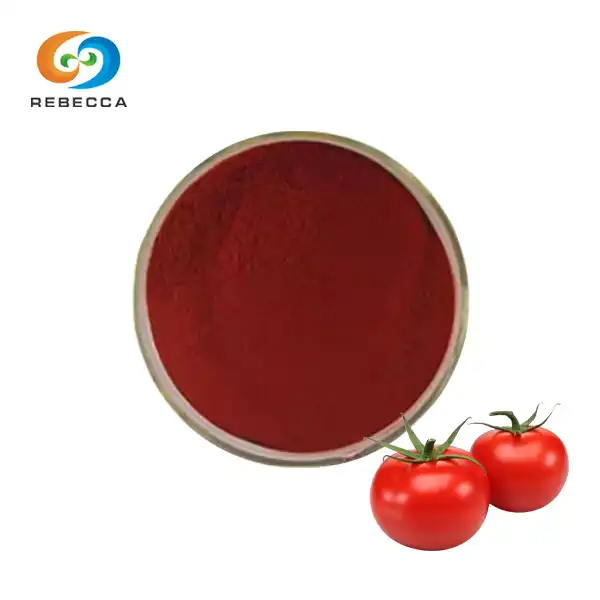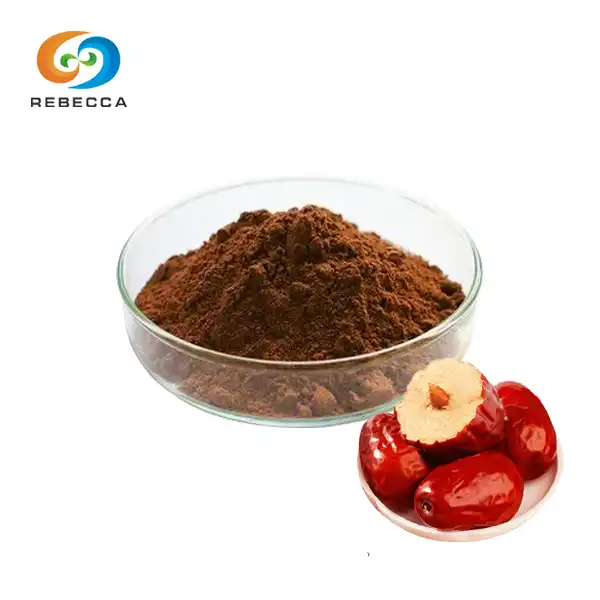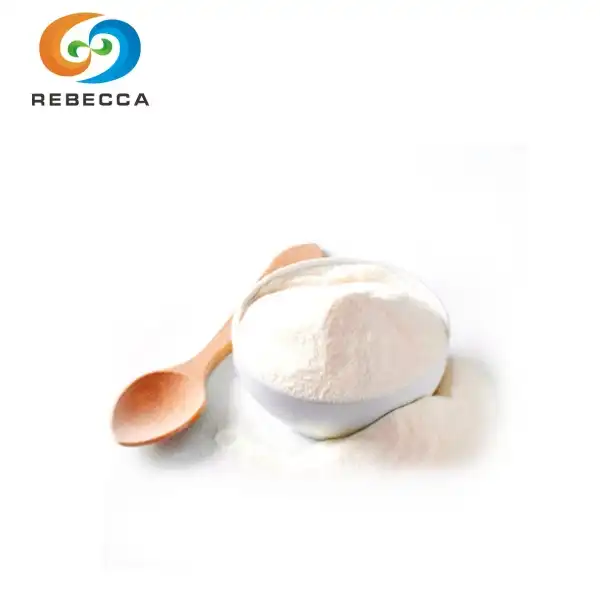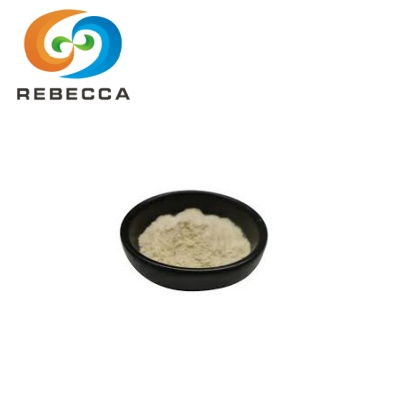What food has alpha lipoic acid?
Alpha-lipoic acid (ALA) is a powerful antioxidant found in various foods. While the body produces small amounts of ALA naturally, incorporating ALA-rich foods into your diet can boost its benefits. Top sources include organ meats, spinach, broccoli, and potatoes. These foods contain varying levels of alpha lipoic acid, which plays a crucial role in energy metabolism and protecting cells from oxidative stress. Understanding which foods are rich in ALA can help you make informed dietary choices to support overall health and well-being
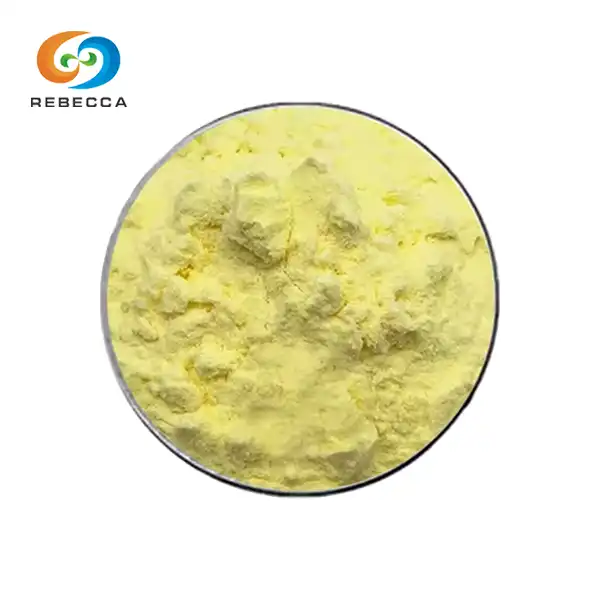
Product Name:alpha lipoic acid
CAS No.:1077-28-7
Specification:99%
Test Method:HPLC
Appearance:Light yellow to yellow powder
Top 3 Natural Sources of Alpha Lipoic Acid
Organ meats: Nature's ALA powerhouse
Organ meats, particularly liver, stand out as exceptional sources of alpha lipoic acid. Beef liver contains the highest concentration, followed by kidney and heart. These nutrient-dense meats offer a significant ALA boost, along with essential vitamins and minerals. For those seeking to maximize their ALA intake, incorporating organ meats into their diet can be highly beneficial.
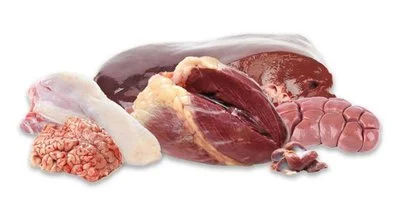
Spinach and broccoli: Veggie ALA champions
Among vegetables, spinach and broccoli reign supreme in ALA content. These leafy greens and cruciferous vegetables not only provide alpha lipoic acid but also offer a wealth of other nutrients. Regular consumption of these veggies can contribute to your daily ALA intake while promoting overall health.

Potatoes: Unexpected ALA-rich staple food
Surprisingly, potatoes are a noteworthy source of alpha lipoic acid. This common staple food contains moderate amounts of ALA, making it an accessible option for many. Whether baked, boiled, or roasted, potatoes can be a valuable addition to an ALA-rich diet. It's worth noting that the skin of the potato contains higher concentrations of nutrients, including ALA.
Other notable sources of alpha lipoic acid include tomatoes, peas, and Brussels sprouts. These vegetables, while not as concentrated in ALA as organ meats or spinach, still contribute to overall intake when consumed regularly. By incorporating a variety of these ALA-rich foods into your meals, you can naturally boost your body's antioxidant defenses and support cellular energy production.

Plant vs. Animal: ALA Content Comparison
Red meat vs. leafy greens: ALA showdown
When comparing plant and animal sources of alpha lipoic acid, it's essential to consider both concentration and bioavailability. Red meat, particularly organ meats, generally contains higher concentrations of ALA compared to plant sources. However, leafy greens like spinach offer a significant amount of ALA along with other beneficial nutrients and antioxidants.
While red meat may provide more ALA per serving, the overall nutritional profile of leafy greens makes them a valuable choice for those seeking to increase their ALA intake. The combination of ALA with other plant-based compounds in greens may enhance its absorption and effectiveness in the body.

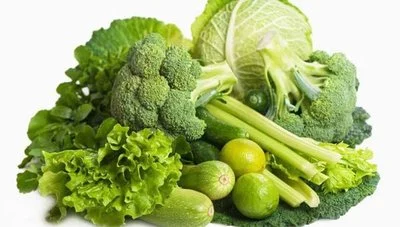
Dairy products: Hidden ALA treasures
Dairy products, often overlooked in discussions about alpha lipoic acid, actually contain moderate amounts of this antioxidant. Milk, yogurt, and certain cheeses provide ALA, albeit in lower concentrations compared to organ meats or some vegetables. The advantage of dairy lies in its versatility and frequency of consumption in many diets, making it a consistent, if modest, source of ALA.
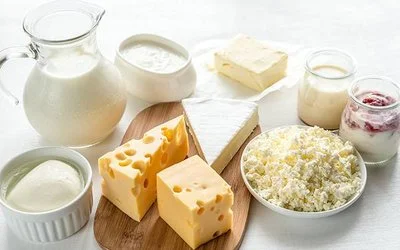
Nuts and seeds: Plant-based ALA alternatives
Nuts and seeds offer another plant-based option for increasing alpha lipoic acid intake. While not as rich in ALA as some other sources, they provide a combination of healthy fats, proteins, and other antioxidants that complement ALA's benefits. Flaxseeds, chia seeds, and walnuts are particularly noteworthy for their nutritional value and contribution to overall antioxidant intake.
When considering plant vs. animal sources of alpha lipoic acid, it's important to remember that a balanced diet incorporating a variety of foods is key. Both plant and animal sources have their unique benefits, and combining them can provide a comprehensive approach to meeting your ALA needs while ensuring a diverse nutrient intake.
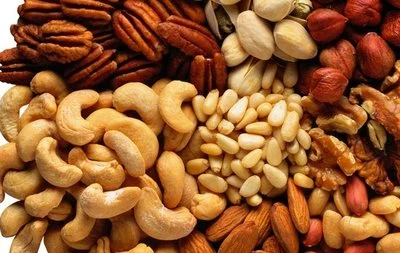
Boosting Your Diet: Easy ALA-Rich Meal Ideas
Breakfast boost: ALA-packed morning smoothies
Start your day with an ALA-rich smoothie by blending spinach, berries, and a dollop of Greek yogurt. This combination not only provides alpha lipoic acid but also offers a mix of antioxidants, fiber, and protein. For an extra ALA boost, consider adding a small amount of flaxseed or chia seeds to your smoothie.

Lunch options: Quick and easy ALA-rich salads
For a midday ALA boost, create a salad with a base of spinach or mixed greens. Top it with sliced tomatoes, roasted potatoes, and your choice of protein. A vinaigrette dressing made with olive oil can enhance the absorption of fat-soluble nutrients. This simple yet nutritious meal provides a substantial dose of alpha lipoic acid along with other essential vitamins and minerals.

Dinner delight: ALA-focused main course recipes
For dinner, consider a dish that combines multiple ALA-rich ingredients. A stir-fry with beef liver, broccoli, and Brussels sprouts served over brown rice offers a potent mix of alpha lipoic acid sources. For a vegetarian option, a baked potato topped with steamed spinach, peas, and a sprinkle of cheese can provide a satisfying and ALA-rich meal.
By incorporating these meal ideas into your routine, you can significantly increase your intake of alpha lipoic acid. Remember to vary your food choices to ensure a broad spectrum of nutrients and to keep your meals interesting and enjoyable. With a little creativity, boosting your ALA intake can be both delicious and nutritious.
Incorporating alpha lipoic acid-rich foods into your diet can be a simple yet effective way to support your overall health. From organ meats and leafy greens to common staples like potatoes, there are numerous options to choose from. By diversifying your diet with these ALA-rich foods, you can harness the antioxidant and metabolic benefits of alpha lipoic acid. Remember, a balanced approach that includes a variety of these sources is key to maximizing the potential health benefits of ALA in your daily nutrition.

Alpha Lipoic Acid Suppliers from China
When selecting an ALA supplement, look for products from reputable manufacturers that adhere to Good Manufacturing Practices (GMP). Third-party testing and certifications can provide additional assurance of quality and purity. Remember that supplements should complement a healthy diet, not replace the nutrients obtained from whole foods.
Shaanxi Rebeccia stands out as a leading supplier of high-quality alpha lipoic acid in China. Our production base utilizes cutting-edge extraction, separation, and purification equipment, adhering strictly to GMP and ISO standards. We maintain rigorous quality control throughout our entire process, from raw material procurement to finished product delivery, ensuring the safety and efficacy of our products. Rebeccia's alpha-lipoic acid specification is 99% purity (HPLC tested), and has a light yellow to yellow powder appearance. For inquiries about our antioxidant ingredients, contact us at information@sxrebecca.com.
References
- National Institutes of Health: Office of Dietary Supplements. "Alpha-Lipoic Acid: Fact Sheet for Health Professionals." (2021)
- Journal of Nutritional Science and Vitaminology. "Dietary Sources and Bioavailability of Alpha-Lipoic Acid." (2019)
- American Journal of Clinical Nutrition. "Alpha-Lipoic Acid Content in Various Food Sources and Its Potential Health Benefits." (2020)
- Nutrients Journal: MDPI. "The Role of Alpha-Lipoic Acid in Diet and Human Health." (2018)
- Food Chemistry: Elsevier. "Quantification of Alpha-Lipoic Acid in Various Food Products and Supplements." (2017)
- Antioxidants: MDPI. "Alpha-Lipoic Acid: A Multifunctional Antioxidant That Improves Insulin Sensitivity in Patients with Type 2 Diabetes." (2019)
